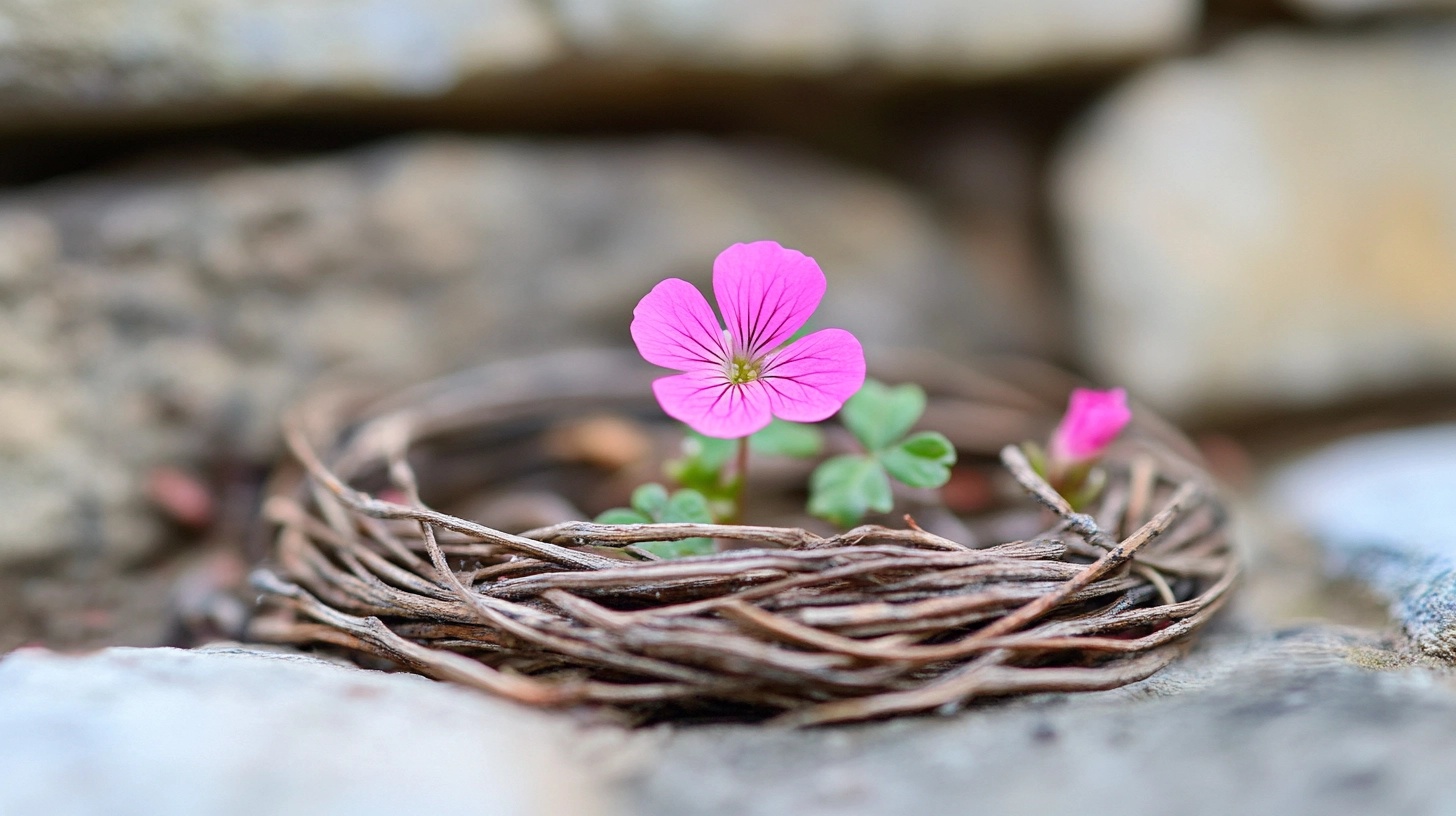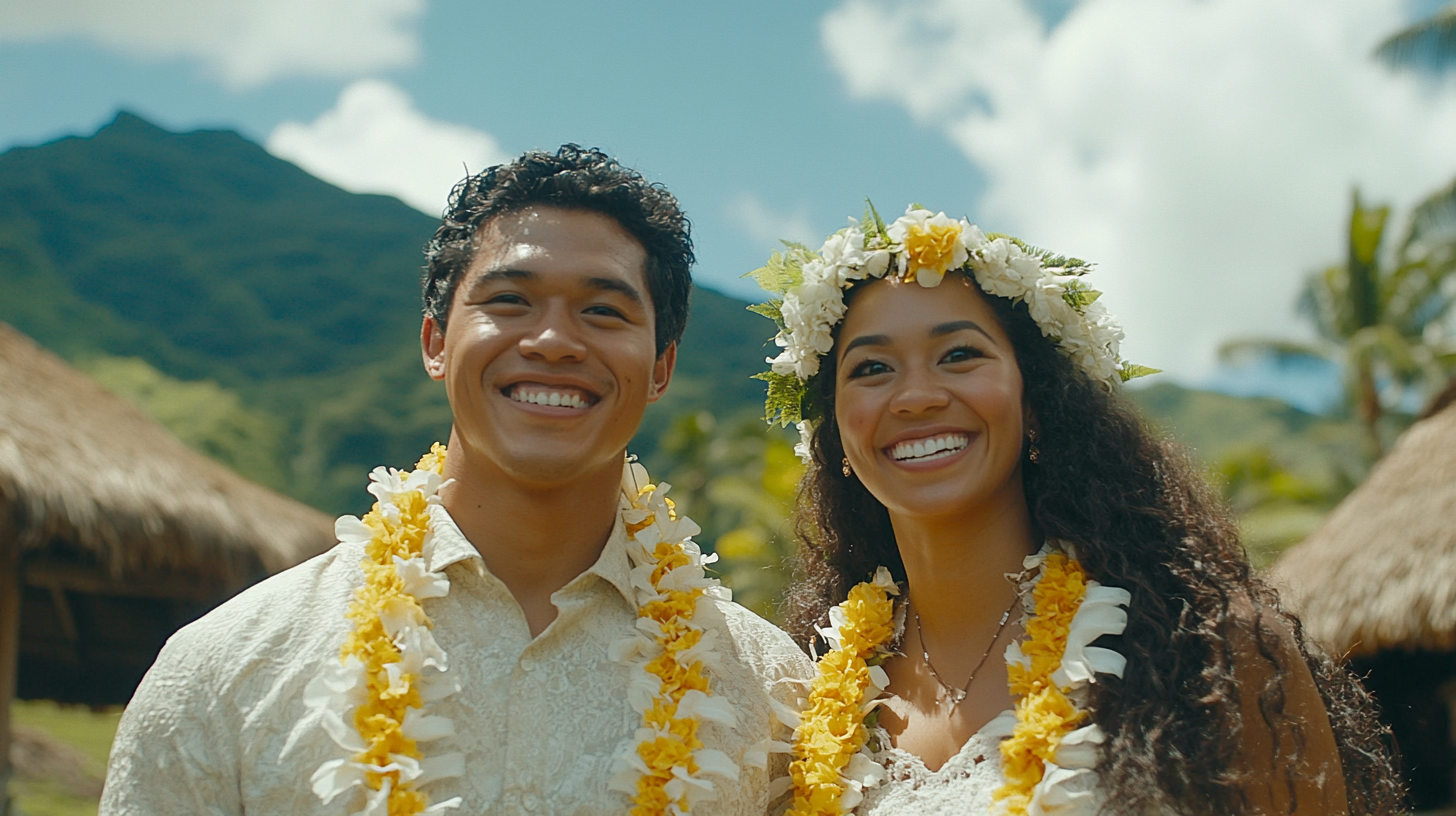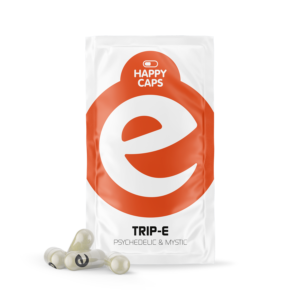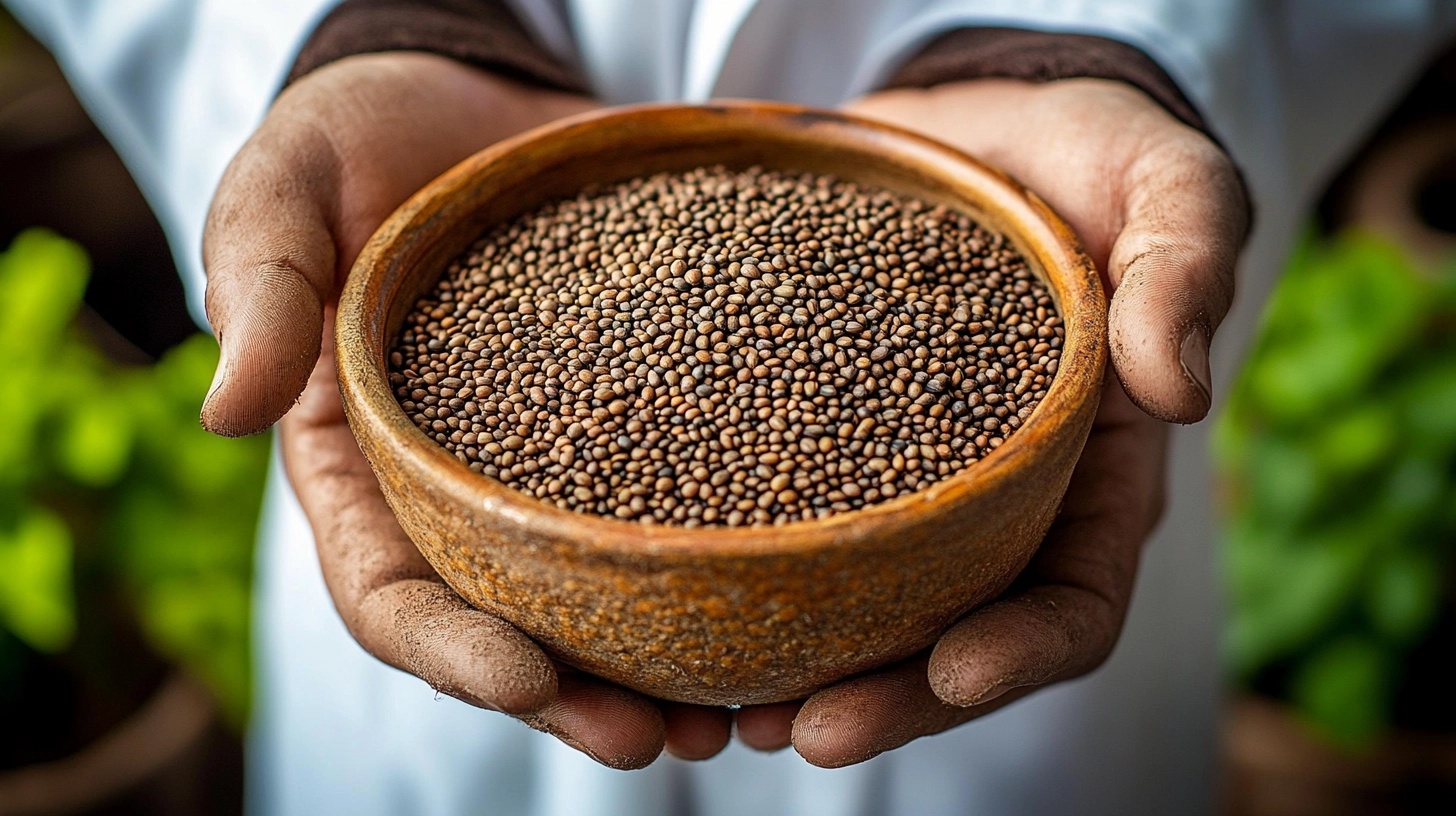Enter the world of Hawaiian Baby Woodrose — a beautiful vine with mind-expanding seeds and a long history of ceremonial use. Known for its LSA content (a naturally occurring psychedelic), this plant isn’t about party trips — it’s about going inward. In this blog, we uncover 3 wild truths about Argyreia nervosa, and why it remains one of nature’s most mysterious and misunderstood plants.
Szukam...
Sklep
Czapki
Spraye
Vapes
Trufle
Kapsułki
Wybierz klimat:
Odkryj więcej:







